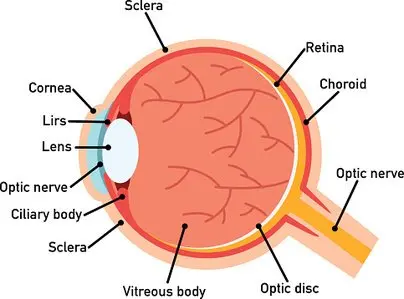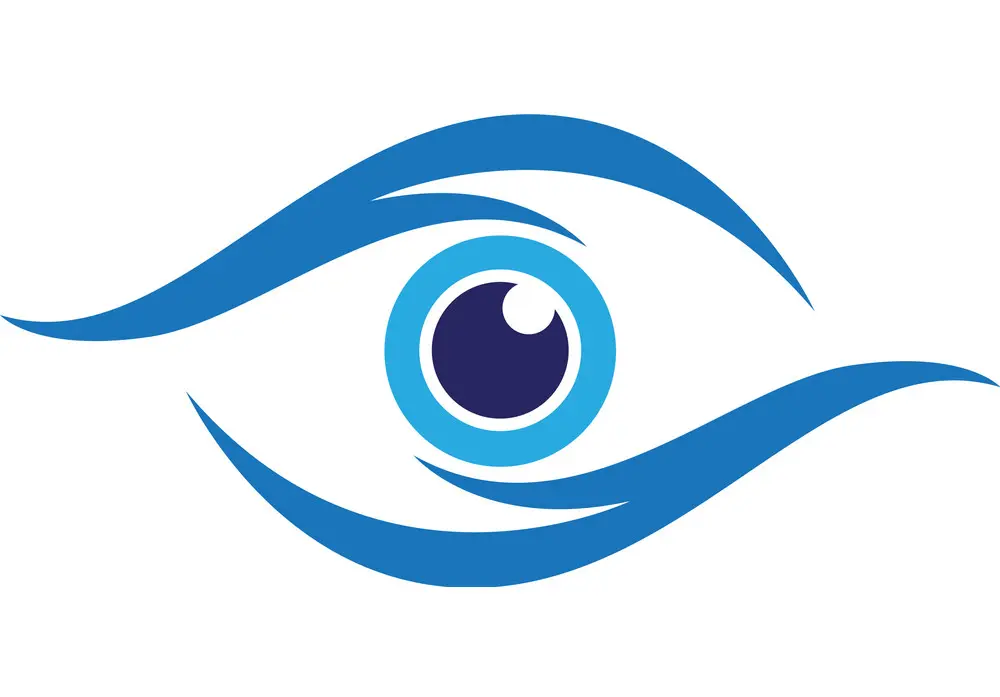The sensory organs are needed to create more liveliness in humans and other animals’ lives. They provide information about the surrounding environment to behave accordingly and may make an alert. During and after the pandemic, vision has been affected more than any other sensory organ.
All India Ophthalmological Society (AIOS) studies and observes these changes. ‘Prevent Blindness’ is one of the organizations that declares March as Workplace Eye Wellness Month to provide Sight-Saving Resources to employees and their employers to improve Eye Wellness and Eye Health conditions at the Workplace.
During the pandemic, everyone adapted to the lockdown and shifted their daily routine of regular work and academics to online mode. This involved the use of laptops, desktops, and mobile phones, which increased screen time more than the pre-pandemic situation for all age groups.
These new norms give rise to stress and strain on the eyes leading to various eye issues like excess dryness, eye redness, and burning sensation of the eyes that may result in chronic eye disorders.
To reduce the effect of more screen time on eyesight and also to prevent further damage, the Prevent Blindness organization has advised numerous ways to overcome this. They are Eye exercise, using eye safety gear, ergonomics, nutrition, nutritional supplements, etc.

How does visual perception occur?
The eyes are wonderful and special sensory organs. Eyes can visualize all sorts of things – big or small, near or far, smooth or textured, colors and dimensions. The eyes have many parts – all of which must function to see properly, such as the retina, optic nerve, eye muscles, eyelids, and cornea.
Vision perception occurs through the retina and travels from the eye to the brain via the optic nerve. The brain combines these two images it receives to get a complete picture.
What are the visual complications among children?
Children are more vulnerable as they are in the developmental stage. Eye muscles are not that strong enough to adjust to the rapidly changing, harsh, and intense light from the screen.
To further add to this, their meals are not balanced. Thus eye tissues are not properly nourished, and it may lead to numerous eye disorders like night blindness, lazy eye, ptosis, farsightedness, etc.
What are the visual complications among adults and old age?
In adulthood, compared to old age, adults have fewer complications. On the other hand, in old age, people have weakened their eye muscles, and cellular integrity, thereby naturally they may have poor eyesight.
Food habits and lifestyle plays an important role in adults as exposure to screen is more. Continuous gazing causes excessive dryness, which invites many other visual complications. Nearsightedness and farsightedness are major complications during early adulthood.
As age advances due to muscular degeneration and the presence of other comorbidities like diabetes and hypertension, there is a higher chance of getting affected eyesight.
Glaucoma, cataracts, and diabetic retinopathy are major visual complications with advancing age.
Unfortunately, eyesight cannot be improved naturally and there is no way to change a refractive error, such as myopia, hyperopia, or presbyopia. These types of visual conditions can be treated with glasses, contact lenses, or refractive surgery.
However, there can be other reasons for diminished eyesight. Macular degeneration causes diminished eyesight but can respond favorably to nutritional changes. In that instance, there are foods that may improve eyesight without glasses.
How can one take care of nourishment for healthy eyesight?
Aging is irreversible and no one can escape it. But eating the right foods can protect your vision and keep you healthy. Research says that foods rich in Vitamin A, Vitamin C, and E, zinc, lutein, zeaxanthin, and omega-3 fatty acids help to keep eyes healthy.
But what does this nutrient-rich diet look like? Let’s break it down:
● Vitamin C: Foods with lots of vitamin c are oranges, grapefruit, kiwifruit, strawberries, tomatoes, red and green peppers, and broccoli.
● Vitamin E: Healthy sources of vitamin E include almonds, sunflower seeds, olive oil, and avocados.
● Zinc: Legumes (beans and lentils), seeds, meat/seafood, dairy, and eggs are all good sources of zinc.
● Lutein and zeaxanthin: Both of these nutrients are found naturally in the retina—the light-sensitive tissue lining the back of the eye. This is why boosting your diet with lutein and zeaxanthin is a win for your eye health. Lutein and zeaxanthin—often found.
● Together with many foods like leafy green vegetables, kale, spinach, and swiss chard. Broccoli, asparagus, and colorful fruits like raspberries, papaya, peaches, and mangoes are also chock-full of eye-healthy carotenoids.
Vitamin A: egg yolk, fish, nuts, milk, and meat are sources of Retinol. Carrots, pumpkin, sweet potato, green leafy vegetables, beetroot, apricot, mango, and peach are sources of carotenoids.
● Antioxidant-rich foods: A diet rich in foods with antioxidants is helpful for healthy eyesight. Foods rich in vitamins A, C, and E, carotenoids, lutein, zeaxanthin, and selenium (pasta, bread, and grains) are packed with antioxidants.
Omega 3 and Omega 6-rich foods: These foods help in the lubrication of the eyes. Omega-3 fatty acids are found in oily fish (like salmon, trout, and sardines). Nuts and oils like walnuts and sunflower oil are great natural sources of omega-6 fatty acids.
Ayurveda perspective on eye health:
According to Ayurveda, the eye has domination of fire element and pitta dosha. Thus, eye disorders are mainly caused by the aggravation of pitta dosha.
Ancient texts in Ayurveda have mentioned various causes of eye disorders such as getting exposed to the heat of the Sun for a longer duration, physical, mental, and eye strain, excess grief, excess anger, excess weeping, excessive smoking, eye injury, constant viewing of minute objects, etc.
Ayurveda common remedies for eye health:
1. Massage of the eyes with a wet palm immediately after having food will protect vision from harmful effects.
2. One should neither induce natural urges forcefully nor suppress them (suppression of tears, vomiting, etc.) as it may lead to eye diseases.
3. Pouring warm water over the body bestows strength, but the same overhead makes for the loss of strength of hairs and eyes.
4. It is good to apply Anjana (Collyrium) for eye health.
5. One should regularly consume Ghee, Barley, Wheat, Shastika shali (old rice), Saidhava Lavana, Draksha (black raisins), Dadima (pomegranate), use of Shatavari (Asparagus officinalis), Green Gram.
6. Padabhyanga (oil massage of the foot), use of footwear, and application of medicated Lepa (paste) to the Pada (foot) are useful to protect vision.
Yoga for eyes:
There are many yoga postures and eye exercises to keep your eyes healthy and improve your vision. They are Trataka, Bhastrika pranayam, Kapalbhati pranayam, Bahya pranayam, Anulom-Vilom Paranayam and Shavasan. These poses should be done under expert advice.
Thus we can conclude –
The eye is the jewel of the body and it’s important to take care of eye health as Your eyes show off the strength of your soul.
Author –
Vaidya Shilpa Venkatesh Jamdarkhana
(Certified Ayurveda Wellness Coach)
Atreya Innovations Pvt. Ltd.
Archana Amol Patil
(Nutrition Wellness Coach)
Atreya Innovations Pvt. Ltd.
